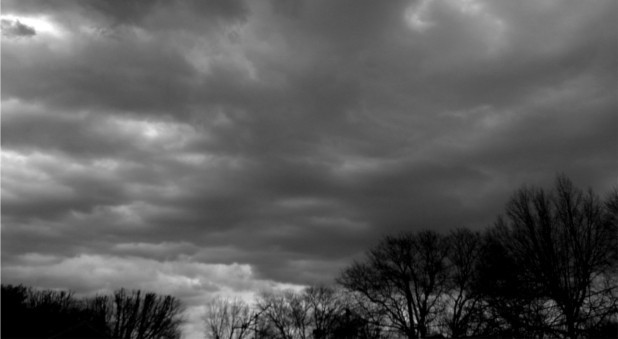In the wake of the destructive storms that ran the length of the east coast over the weekend, three Anglican churches in some of the most vulnerable NSW zones are thankful that they, and many people in their parish, emerged relatively unscathed.
Kiama Anglican Church on the New South Wales south coast is currently in the middle of a new building project and was within 500m of the fiercest twisters on NSW's coast . Three houses in the suburb were completely written off, with many others suffering some damage, but the in-progress church buildings were untouched.
“It’s been 50 years since we’ve done any building,” says Kiama senior Minister Steve Stanis. ”We’re building a new hall, doing this redevelopment, and the builders said to us that the buildings were in their most vulnerable phase because the windows were out of them and there were timber frames being supported by very little.
“They said if the storm was any closer, the buildings probably would have gone straight down. But, by the grace of God, they came through totally unscathed. The builders poured concrete this week and it’s like nothing had happened. “
The storms in Kiama, and in Malabar in Sydney’s south-east, also released asbestos into the local areas. The pieces are still being cleaned up and has resulted in ongoing road closures.
“Before our 10 o’clock service [on Sunday] police had close up all the roads around the area,” says Malabar Anglican's senior minister Simon Roberts. “That was when we found out there was the potential for some asbestos to be strewn around the area.
“We made the call to cancel our 10 o’clock service, but we were only really able to text people, so about half of them still turned up. There was only a small danger of airborne contamination, but we did that to be on the safe side. The people who did turn up, we all had morning tea and a prayer time, and that was about it.”
The widespread destruction has meant that the State Emergency Service (SES) has handled a lot of the clean up for safety reasons. Michael Blake, the senior minister at Narellan Anglican, says that SES workers, some coming from other suburbs such as Hurstville, handled the majority of the cleanup in his area after a “mini cyclone” moved through.
He also says that, while some houses suffered significant damage, the majority of cases seemed to be trees being blown over and fences being destroyed. The Narellan church was left without damage.
“I had thought of wandering out and seeing whether people needed help, but it largely seems to have been managed,” says Mr Blake.
“The SES has been pretty strict about doing it without any danger,” says Mr Roberts. “People have certainly been helping neighbours, and some have been staying with other people. We’ve had a few requests for assistance, and people have offered some and given some. But as a group we couldn’t really mobilise ourselves because of the legalities.”
The storms, caused by ‘mini-twisters’, have some thinking about how they can better react to emergency situations like this as a church going into the future.
“It’s a good reminder of having emergency action plans in place,” says Mr Roberts in Malabar. “For instance, we don’t actually have a system where we can SMS everyone very easily. I suspect most churches don’t. Things like that; it’s handy to have quick ways of letting people know. Or if had been our own church roof that was damaged... You don’t necessarily think asbestos is a thing you might have to communicate quickly to your church about.”
“I think there’s been some disbelief,” says Mr Stanis. “[Kiama] is a pretty town, a holiday town, and it’s kind of the last thing people here expect, particularly the localised nature of it and the ferocity. There are people who have been here all their lives who’ve never seen anything like this before.”
Featured photo: Brian (~quester)
















